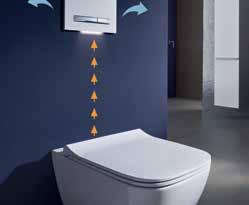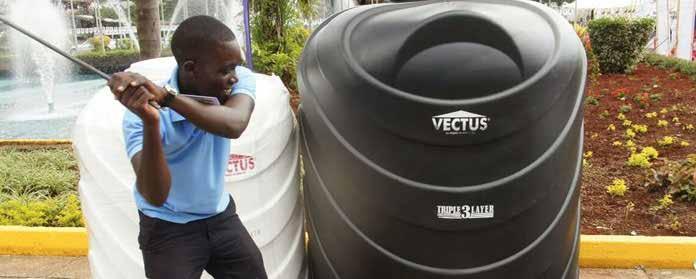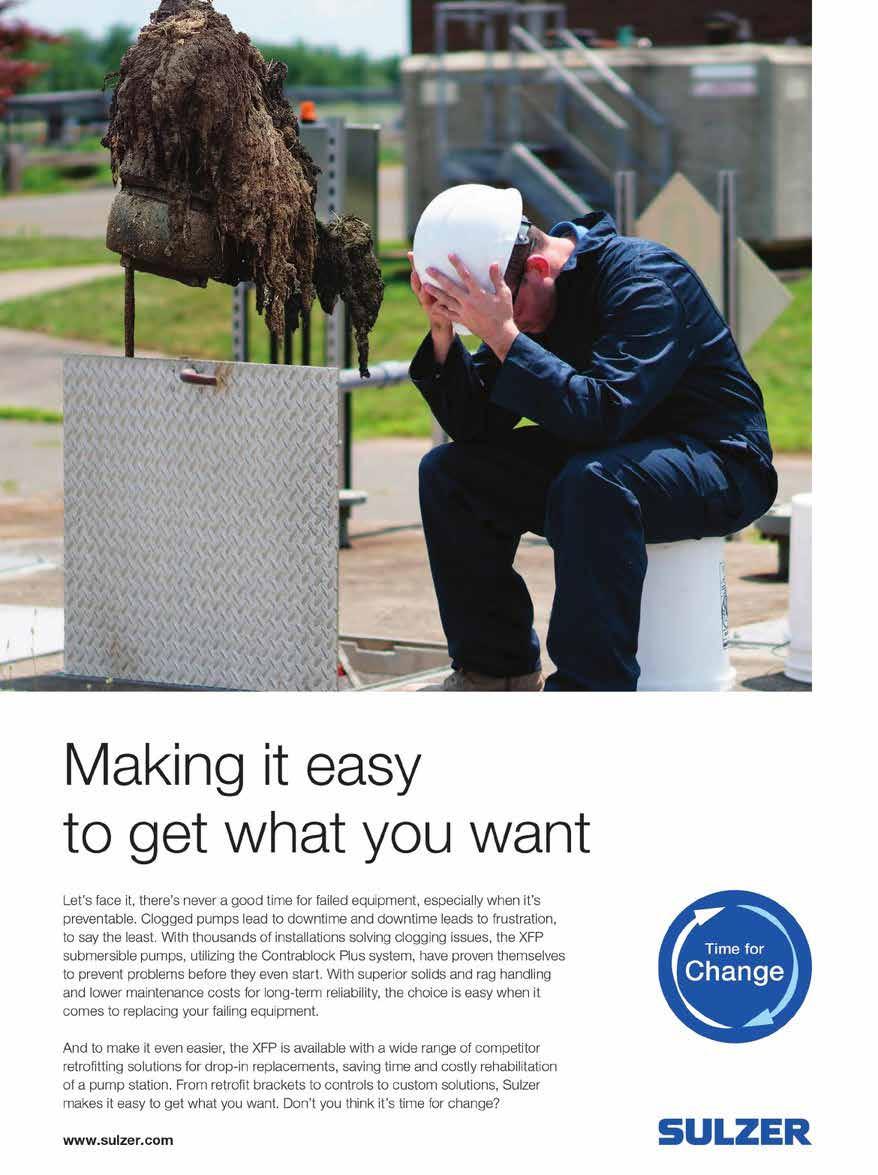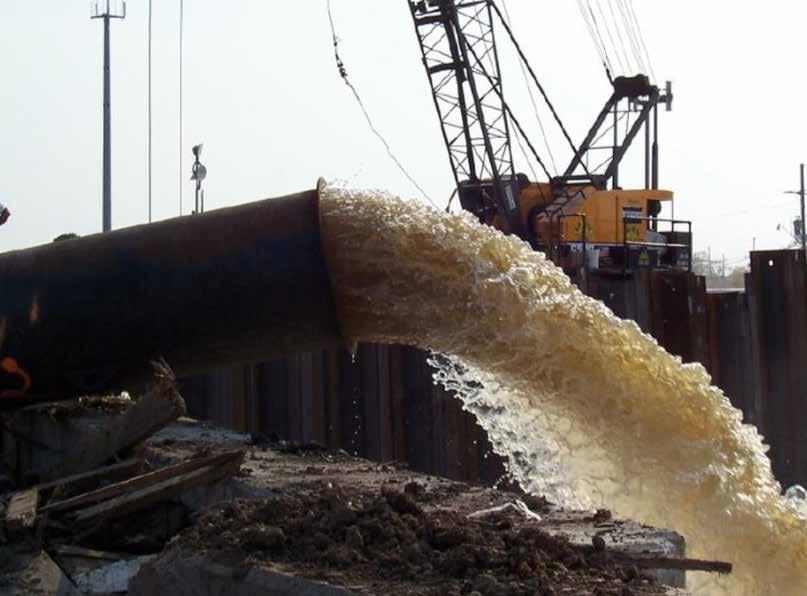
3 minute read
Hybrid solutions: Reliable clean power for remote off-grid mining in Africa
Hybrid solutions are the most effective way to deliver reliable clean power to remote off-grid mining operations in Africa
by Tarik Sfendla, Market Development Manager, Africa chez Wärtsilä Energy Business
Advertisement
The energy markets are undergoing a massive transformation as governments around the world transition away from fossil fuels towards the integration of renewable energy. This trend is clearly visible in the mining industry as demonstrated by recent power projects in South America and in Australia. According to Bloomberg New Energy Finance, in 2018, mines purchased 1 GW of renewable energy generation assets; this amount tripled to reach approximately 3.5 GW in 2019, 90% of which consist of hybrid solutions.
Electricity demand for the mining industry is expected to increase significantly in the coming years as increased mine depth, harder rock and greater water desalination needs lead to higher energy intensity for the industry.
Whilst electrification of operations and vehicles is reducing certain emissions and generating cost savings, stakeholder targets to reduce emissions as part of the EESG (Environmental, Economic, Social & Governance) plans, is increasing the renewable share of the energy mix, which of course requires high flexibility in generation to balance intermittent renewables.
In Africa, the mining sector faces inherent challenges, access to the power grid and grid reliability being the most significant. With most electricity supply coming from conventional power plants (coal, oil or gas), operators are challenged on the one hand with highly volatile operating expenses due to rising fuel costs, and by inefficient, unreliable power supply leading to costly production disruption and revenue losses on the other. Weak infrastructure and water availability compound the challenges for mines, particularly in remote, off-grid locations.
The combination of these trends and particularities of the African markets are setting the scene for the integration of renewables for the mining sector. A recent study by McKinsey[1] showed that moving to renewable electricity sources is becoming increasingly feasible, even in off-grid
Tarik Sfendla - Wartisla Energy Business Africa
environments, as the cost of electricity storage is set to decline by 50% from 2017 to 2030. This is especially good news for Africa where the cost of solar energy generation could be among the lowest in the world.
It also represents a huge opportunity for operators in Africa, where Wärtsilä has developed a range of competitive strategies to deliver efficient and reliable power supply solutions to support the mining sector on its path towards a renewable energy future.
In Tanzania, the Geita gold mine, was experiencing reliability issues and power shortages as its aging power plant was reaching the end of its useful life. It needed a reliable power generation solution to support its growing operations. Wärtsilä delivered a 40 MW flexible power plant and agreed a 10-year operation and maintenance (O&M) package, integrating technology with lifecycle services to provide “alwayson” power. The plant secures uninterrupted off-grid power supply, eliminating revenue losses from power shortages, while the O&M agreement is tailored to the mine’s day-to-day performance requirements.
Maintenance schedules are optimised to minimize costs and production downtime and enhance fuel efficiency. As a result, fuel savings of around 4%, representing $2 million USD, were achieved in the first year of operation. The flexibility of the installation will also facilitate the transition to renewables over the project lifetime.
In Burkina Faso, Wärtsilä has delivered a 15 MWp solar photovoltaic (PV) power plant to the independent power producer (IPP) Essakane Solar SAS, which supplies the Ekkasine gold mine. The solar PV plant was constructed next to a 55 MW power plant running on heavy fuel oil. The engine power plant provides backup, while the solar farm produces energy during the day. The capability to control and optimise the usage of the solar PV power and engines enables the gold mine to reduce its fuel consumption by an estimated 6 million litres per year and its annual CO2 emissions by 18,500 tons.
Energy Storage technologies are the true game changer
The integration of energy storage technologies will be the real game changer, enabling the industry to take full advantage of cheap and plentiful solar power. They have the unique ability to provide a buffer between supply and demand by delivering or storing energy whenever it is most needed. They will become the key building block of the stable infrastructure needed to improve grid reliability and security. Hybrid solutions, combining flexible thermal generation with storage and solar power operations are now a realistic and cost-effective solution, as the levelled cost of electricity (LCOE) is lower than ever, and costs of storage are set to decline.
In Mali, at the Fekola mine, located in a remote area with no connection to any larger grid, Wärtsilä is providing an off-grid hybrid










